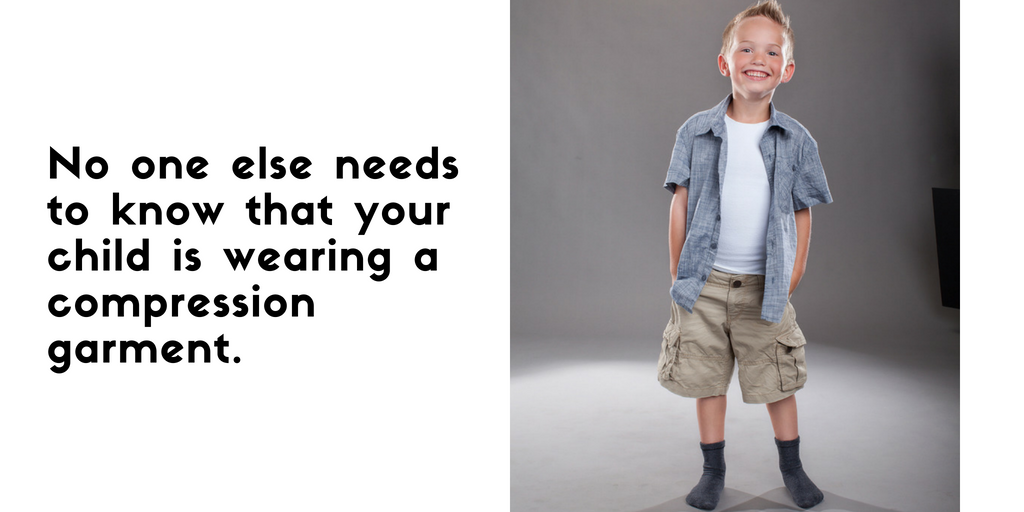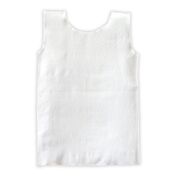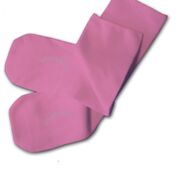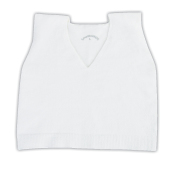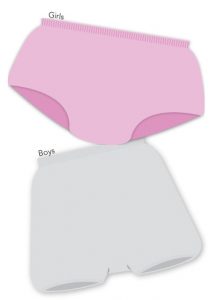*This is a sponsored post, which means I was compensated to write it- but all opinions are my own, and I never write a sponsored post unless that product is AWESOME!
“I finally got all the kids ready to walk out the door, and I turn around, and she’s in her bathing suit!”
The exasperated mom pulled the scarf from her neck. It was December. Definitely not appropriate weather for bathing suits.
Her cheeks were flushed and her eyes were wide with concern. “Her behavior makes absolutely no sense!”
Patty was a mom of four kids who had brought her 6-year-old daughter Emma into the sensory gym for an Occupational Therapy Evaluation. For years, she had assumed that Emma was just “acting up” when she pulled these behaviors. But her sister, a special ed teacher, had been telling her about Sensory Processing Disorder (SPD).
Patty was at her wit’s end. “I need to do something”, she said.
Going over her daughter’s evaluation was very enlightening. Patty thought that her daughter was simply being “quirky” or misbehaving by putting on her bathing suit as the family was leaving for a party.
The truth was that Emily was actively seeking sensory input. Bathing suits and leotards are tight, which can be comforting to children who experience sensory processing difficulties.
(You know how swaddling a baby makes them calm and comfortable? This is because it provides them with a soft pressure over their whole body.)
In the school system, Occupational Therapists often recommend “compression vests” to help children who seek pressure from tight clothing, hugs, or other forms of “deep pressure” or “tactile” input.
The list of Benefits of Compression Garments for kids
- Compression vests have helped many children who seek even pressure over their body.
- It helps kids achieve a sense of calm
- Increases focus
- Decrease other sensory seeking behaviors
The drawbacks of popular compression vests
But, there are a few drawbacks to the “typical” compression vests you see out there.
-
- Compression vests or weighted vests can “look different” than typical clothing, making socially aware children self-conscious.
- The neoprene fabric of standard pressure vests can also be very stifling and hot. Children may be adverse to wearing them, even though the sensory input that it would provide would make them feel better.
Kind of like when your kid doesn’t want to take their medicine because they’re too sick.
In instances like these, I love to recommend pressure garments that can be worn UNDER a child’s clothing. Rather than putting a child’s sensory needs on display, compression garments similar to undergarments are just like an undershirt.
What’s so different about an undershirt?
Nothing.
Except that this undershirt, the “Compresso-T “by SmartKnitKIDS®, provides a “sensory kid” with the input they need throughout the day WITHOUT announcing it to the world.
Recent research shows the use of sensory and adaptive approaches, such as wearing a pressure garment, increases attention and promotes adaptive behaviors (Polatajko
& Cantin, 2010; Haar, 1998; Olson & Moulton, 2004). This type of external sensory support is often used by parents and service providers for calming the child and reducing anxiety to prepare them for learning and task engagement.
A recent study explored parental perceptions of their child’s behavior while wearing a seamless pressure garment during daily life activities. The caregiver survey indicated that caregivers support and are more satisfied with wearing of pressure garments in all occupation areas, especially during play, community outings, and learning experiences. It is believed that increased sensory inputs are available during play and community outings, which supports the positive perceived survey responses.
SmartknitsKIDS® is the same company that invented the fabulous seamless sock for kids to help children who struggle with getting dressed. The seams and the bunching of typical socks make getting dressed each day a chore.

Imagine if you had to get up every day and put on your itchiest prickly sweater?
Wouldn’t that be the WORST?!
That’s how children with tactile defensiveness and other sensory issue feel every day.
Can you blame them for putting on their bathing suit? That’s the equivalent of us (as grown-ups) taking off our uncomfortable clothes and shoes at the end of a long day, and putting on our most comfy fuzzy socks and robe.
The Compresso-T is just one product in a line of wonderful, seamless, and soft compression garments from SmartKnitKIDS®. Made with seamless, super soft, and breathable material, the Compresso-T is the ultimate in comfort for sensory challenged kids. It’s breathable but also contains moisture-wicking yarns to help pull moisture away from the skin and help keep the wearer cool. Seamless finishing eliminates uncomfortable pressure points.
FINALLY NO MORE SCRATCHY TAGS!
When I went over Emma’s sensory Profile with her Mom, it became very clear that Emma avoided certain sensory input. Certain clothes, costumes, face paint, tags, and even an unexpected tap on the shoulder really bothered Emma. When her Mom saw it spelled out like that – it became obvious.
Emma craved pressure, dislikes certain materials/fabrics, and is super sensitive to tags.
The Compresso-T was the perfect place to start. Emma was a bright girl and didn’t want anything “different” from her girlfriends.
Wearing a compression garment under her clothes provided an extra source of sensory input that helped Emma feel secure and calm. This made transition times (leaving the house, getting ready for school, etc.) and overwhelming situations (crowds, parties, etc.) more bearable.
After a few weeks, Emma’s mom also decided to try out SmartknitKIDS ® undies and socks, too. Before, Emma would insist on wearing a particular kind of socks and underwear. Her mom, Patty, would have to make sure that that exact pair of socks or underwear was clean – which was tricky because Emma was always wearing them!
Wearing SmartknitKIDS seamless clothing underneath her regular school clothes helped make the family routine much easier. Emma was able to get dressed on her own and didn’t put up a fuss about “scratchy” socks and “itchy” underwear. Patty reported that Emma still struggled with tactile sensitivities. But wearing compression garments was a big help.
Would your child benefit from compression garments?
If your child demonstrates any of these behaviors, you may want to consider trying pressure garments.
- Melting down in the morning about clothing choices
- Displaying an extreme preference for certain textures or articles of clothing
- Preferring tight clothing like bathing suits, old clothes that are too small, tight leggings or leotards.
References:
1. Polatajko, H. J., & Cantin, N. (2010). Exploring the effectiveness of occupational therapy interventions, other than the sensory integration approach, with children and adolescents experiencing difficulty processing and integrating sensory information. The American Journal of Occupational Therapy, 64(3), 415-29. Retrieved from https://search.proquest.com/docview/503270117?accountid=143111
2. Olson, L. J., & Moulton, H. J. (2004). Occupational therapists’ reported experiences using weighted vests with children with specific developmental disorders. Occupational Therapy International, 11(1), 52-66. Retrieved from https://search.proquest.com/docview/71879068?accountid=143111
Other Smartknit Kids Products:

